Use homemade broth, whenever possible
Water or store-bought broth will do just fine in a pinch, but really flavorful stew recipes start with homemade broth. Making it yourself lets you control the sodium level and flavor. We like using chicken broth because it’s less rich than aggressive beef broth, letting the flavors of the ingredients shine a bit more.
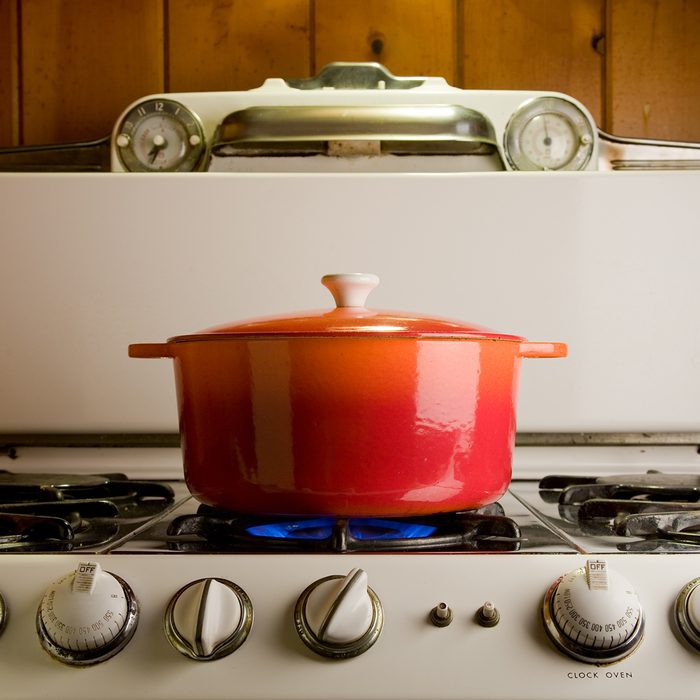
Give stew plenty of time
For most types of stew, it takes time to develop great flavor. Stew uses collagen-rich, tough cuts of meat, which need at least two hours to break down. If you try to rush it and boil the stew, the muscle fibers will shrink and become tough. So give yourself a few hours to let it do its thing.
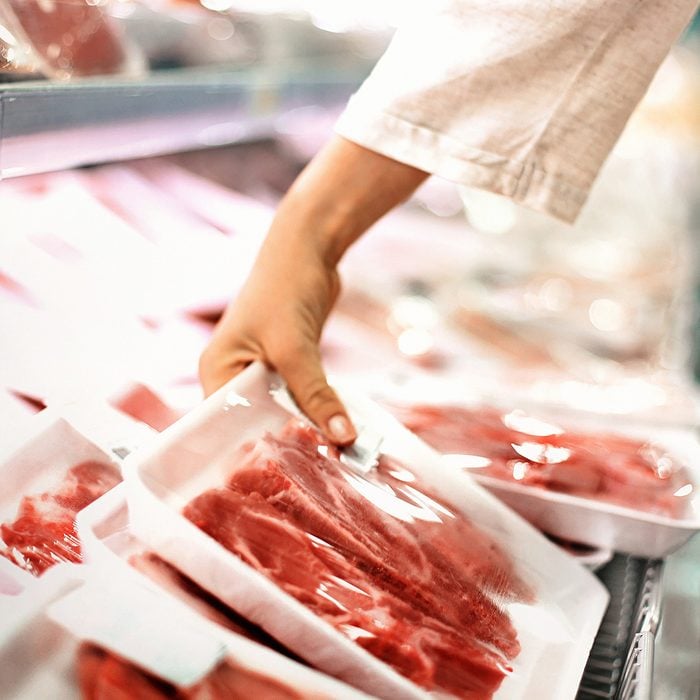
Choose the right cut of meat
The best beef stews are made with the right cut of meat, like chuck roast, brisket or round. Leaner cuts (which are good for the grill) lack the connective tissue that turns into gelatin as it cooks. That keeps the meat juicy and tender while also thicken and enriching the stew.
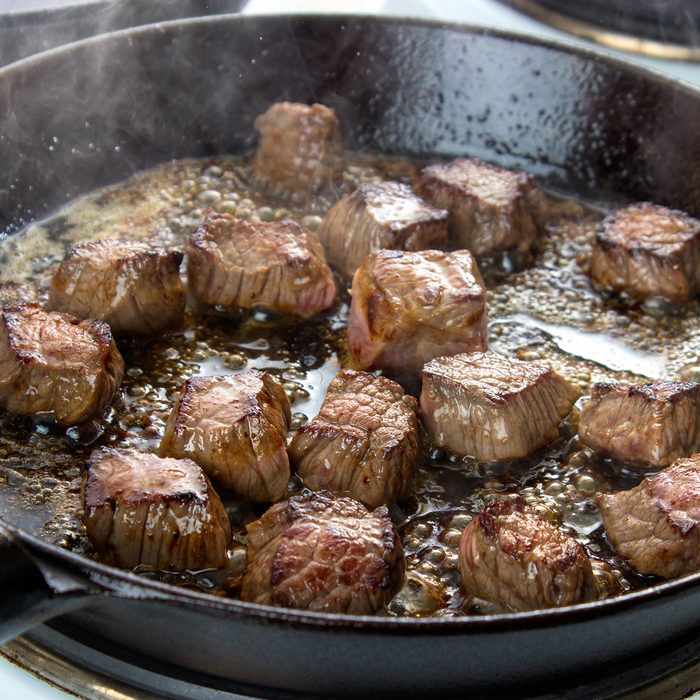
Sear the meat first (probably in batches)
The first step to a flavorful stew is browning the meat. Searing it over high heat gives the meat a deeper, richer flavor thanks to the Maillard reaction, a chemical reaction that browns and caramelizes the exterior of the meat. Most pots don’t have enough meat to brown all the meat at once, so do it in batches to prevent the meat from simmering in its own juices.
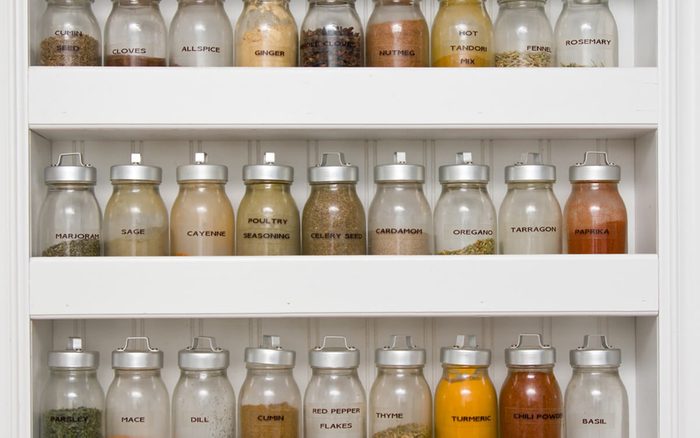
Decide where you want to go with spices
Spices control the direction of the stew’s flavor profile, but you’ll want to choose near the beginning of the cooking process. Adding dried spices along with searing meat or onions releases their essential oils. Look to fennel seeds and marjoram for Italian flavors, cumin and coriander for Mexican, ginger and sesame oil for an Asian spin, cinnamon and cardamom for Moroccan or turmeric and mustard seed for Indian. Our Deputy Editor’s Best Beef Stew recipe uses smoked paprika and herbes de Provence for unforgettable flavor.
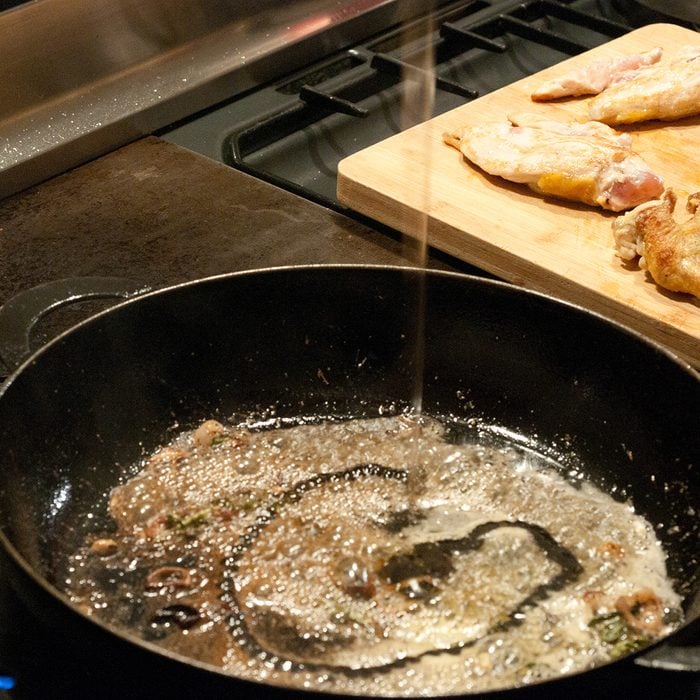
Don’t forget to deglaze
This is an all-important step in creating the best stew flavor. Searing the meat and sweating the vegetables creates browned bits on the pan. Releasing them with a splash of wine, beer, apple juice or plain water creates the basis for a fantastically flavorful stew.
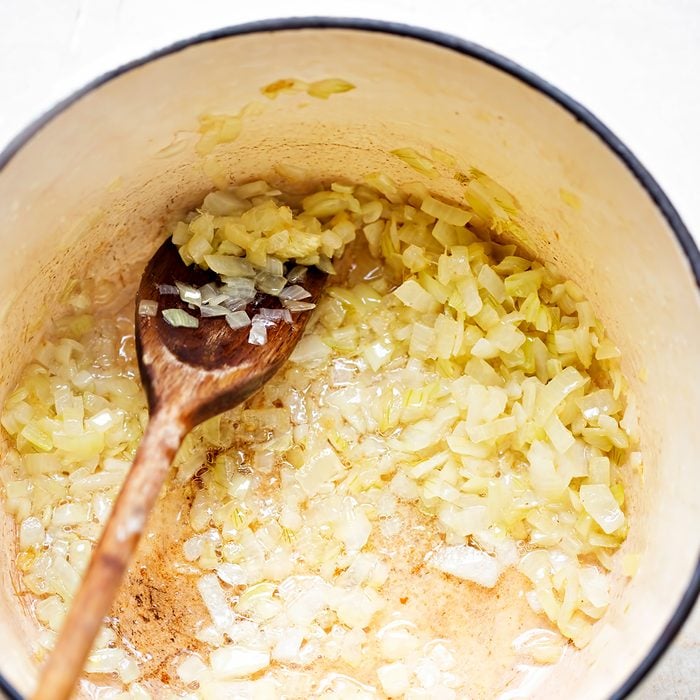
Add extra flavor with the right ingredients
Onions, carrots and celery (mirepoix vegetables) are classic for a reason, but don’t be afraid to stray and get creative. Try using roasted garlic instead of regular garlic, or caramelize your onions before moving on to the next step. You can also add an incredible depth of flavor by adding dried mushrooms to the mix.
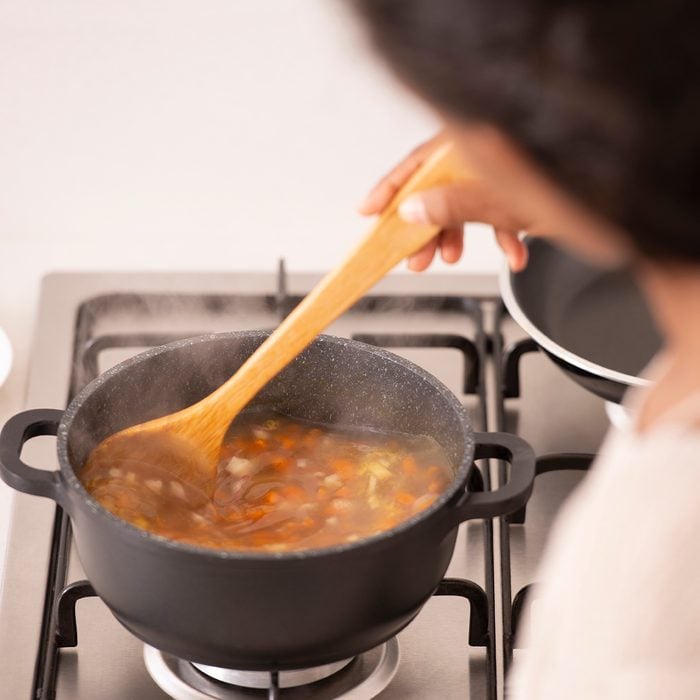
Choose how to thicken the stew
Adding flour to stew is the most classic way to create its characteristic thick texture. You’ll need one to two tablespoons of flour for every cup liquid, depending on how thick you like it. For a gluten-free approach, you can add cornstarch or arrowroot at the end (about one tablespoon for every cup of liquid).
You can also look to these ways to thicken a sauce at the end, like using tomato paste or pureed starchy vegetables.
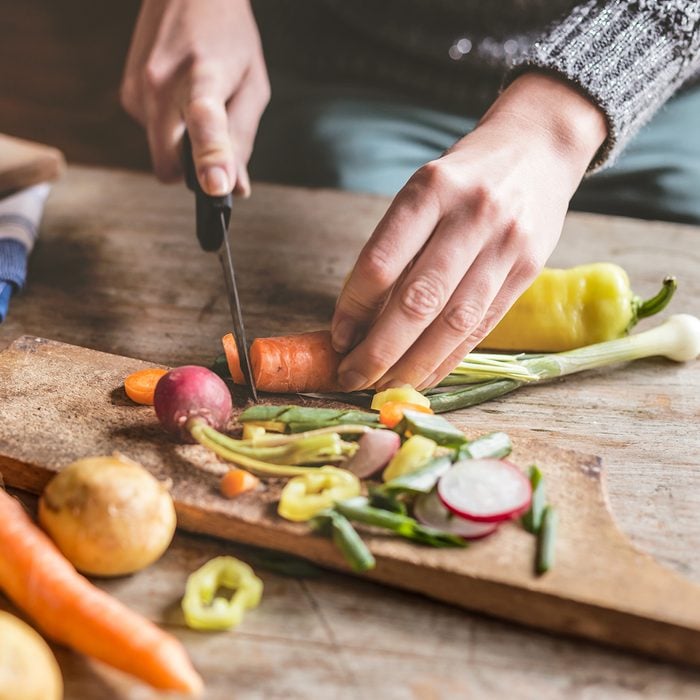
Add the vegetables at the right time
We know the beef will take a few hours to break down and become tender, but not all vegetables require hours of cooking time. Add hearty root vegetables like parsnips, carrots, winter squash or potatoes in the beginning, but save tender vegetables for the end. Otherwise, they’ll overcook and become watery. You can even saute vegetables like bell peppers, zucchini or mushrooms separately and stir them in just before you serve.
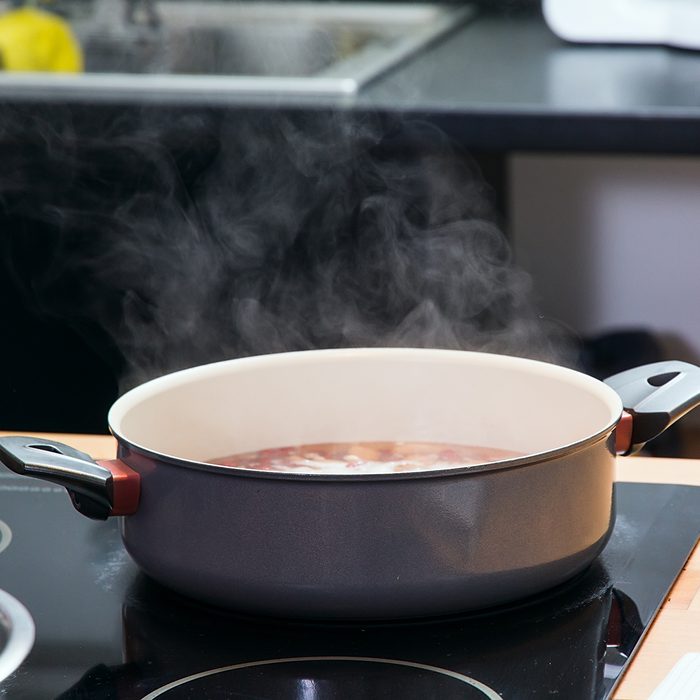
Decide whether you want the lid on or off
We generally like cooking stews with the lid on. It traps the liquid inside, promotes even heat distribution, helps the flavors meld together and keeps the meat juicy. But, if your stew is looking too watery, feel free to pop the lid off for the last hour or so. That lets the liquid evaporate, but it will also concentrate the stew’s flavor.
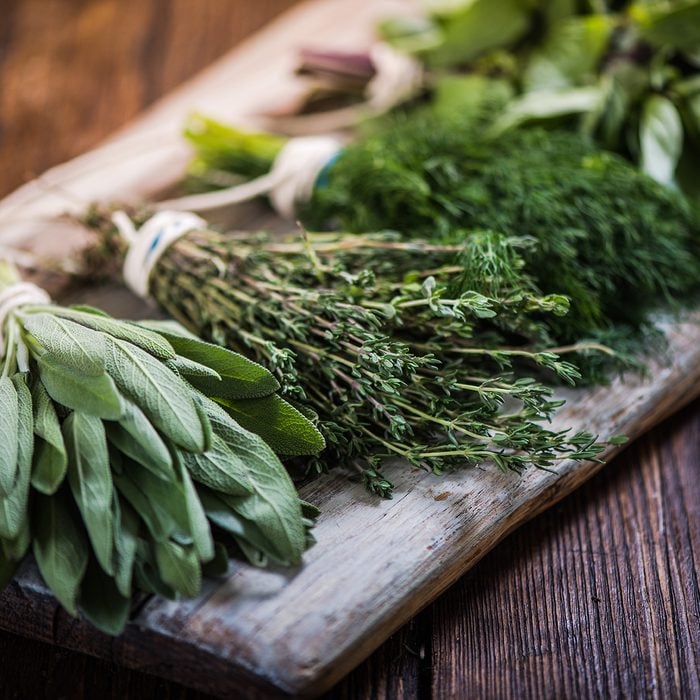
Finish with fresh herbs
What can you do to make stew more flavorful? Finish it with fresh herbs, of course! Except for thyme, herbs lose their flavor as they simmer. So add dried spices at the beginning of the cooking time and fresh spices (like parsley, dill, tarragon or rosemary) at the end to add a punch of fresh flavor.
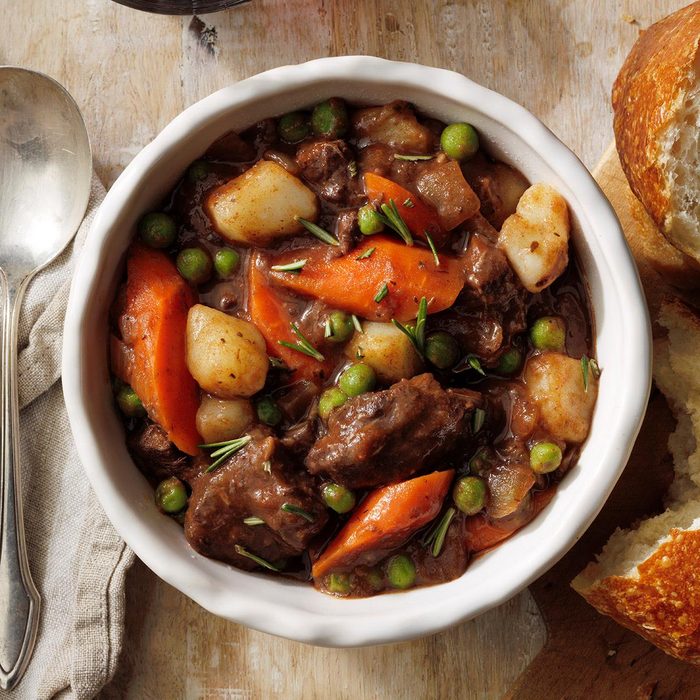
Taste it before you serve it
When the stew is finished, give it a taste. If it tastes off-balance, add some finishing flavors to bring it to the next level. Try adding soy sauce or Worcestershire for extra savory (or umami) flavor, a touch of honey or brown sugar for sweetness, lemon zest or vinegar for brightness or chili powder or smoked paprika for spice and depth.
